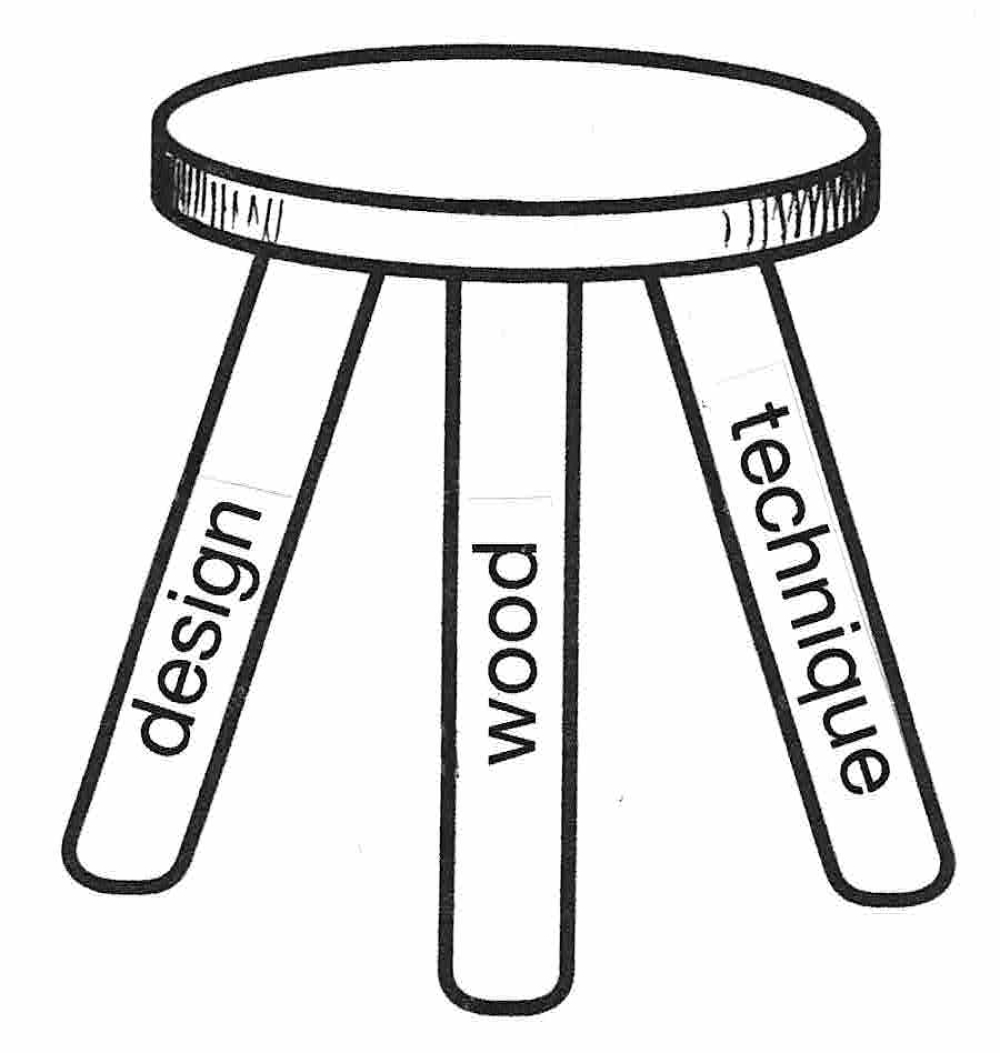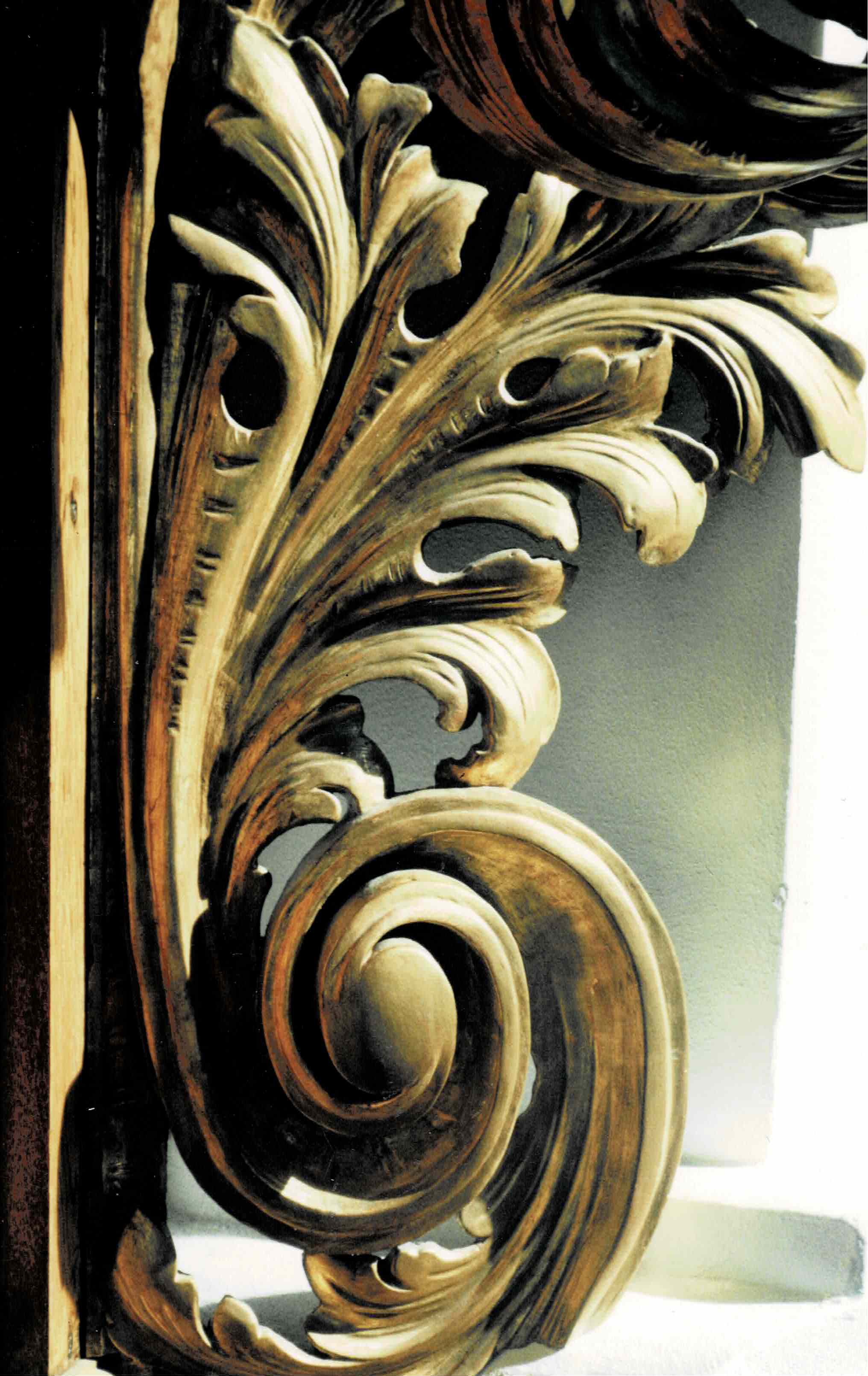The 3-Legged Stool of Woodcarving! Leg 3 Technique
16.07.22

Following on from the two previous blogs (May & June 2022) let's now turn turn to the last leg of our 3-legged stool metaphor, the one that takes up most your time as you journey along the path of woodcarving:
3 Technique
Which is? The way you manifest your idea into the wood; how you carry it out; how you execute or perform the task; your skill. All that.
And we can look at 4 aspects of it:
Tools: Right at the outset, think of your tools, and ask yourself:
- Do your have the 'right' tools? If not, can I 'make do' or adapt the design?
- Are the tools correctly sharpened? Which is like asking if your violin is correctly tuned.
- Do I have the means to keep them sharp? Sharpening shouldn't be a problem, or a core. It's just what you do as a carver.
There are a huge number of videos on Woodcarving Workshops that deal with woodcarving tools and sharpening. Help yourself!
Handling: The way you manipulate the tools...
- There are efficient ways of holding and working with your tools. But also dangerous ways!
- If you are a beginner, you should try, right from the start, to work efficiently and safely.
- Eventually, with experience and muscle-memory, you'll find you don't even think about your tools. They effectively become an extension of your hands.
- You have your wood, your sharp tools, your ideas - 'handling' is where you fit in.
The ways of handling carving tools that I teach and you see in all the projects on Woodcarving Workshops is how I was taught. I have tried tease it out and to clarify in: The Grip Series. If you want to know how I make my carving tools work for me, it's really all there.
The Carving 'Process': You can never prepare too much; but you can prepare too little. Right?
- The way carvers work is by no means fixed. There are no written 'rules', but there are consequences to taking the wrong path. Carving wood back on is quite an advanced skill!
- Carving, whether stone or wood, is a what's known as a 'glyptic' process: reducing from the whole rather than, say, modelling, where you build something up from nothing. (Woodturning is also a glyptic process, by the way.)
- Glyptic processes, as such, follow a particular approach, a 'path' - no question - and you need to get your mind and heart around it so that you can apply it to all your carving projects.
- Did I mention preparation? What do they say? Failure to prepare; prepare to fail. So true. Put 'preparation' into the video search box and you'll see the sort of thing I have to go through before putting the chisel to the wood.
It's a wee bit of a lecture but I summarise and lay out the process, this 'path', in here in The Woodcarving Process
Your Ability:
- Experience - bench time - is big here and it takes a while before you can make things happen the way you want. So ask yourself, honestly:
- Is your design within your competence? It may be you have a carving design for the future. Keep it safe!
- I've yet to find a student without some ability in mechanical or artistic skills, enabling them to get some enjoyment out of the act of carving. We are all wired differently, no doubt about that, but the effect of consistent and intelligent practice on any level of ability cannot be underestimated.
- See it like the London Marathon: Everyone who finishes is a winner.
Remember:
Every great carver had to start at the beginning: picking up their first tool, smelling their first piece of wood, learning to sharpen; practicing persistently; gaining experience from challenges. They all had to learn to sit on this 3-legged stool.

Related videos:
